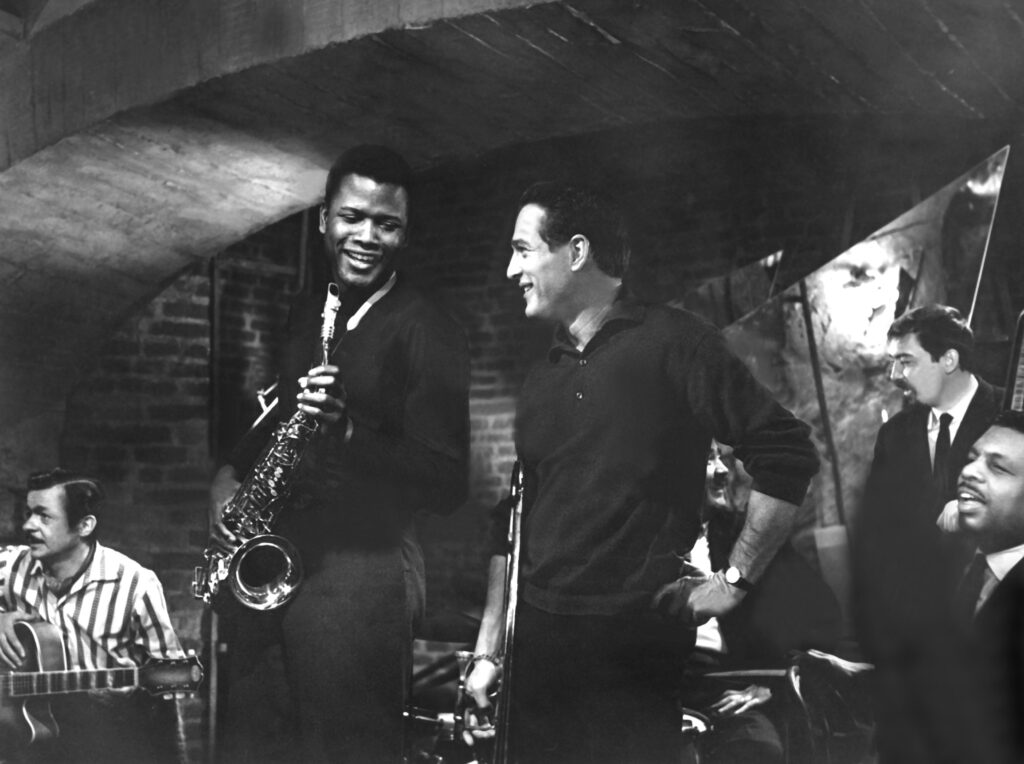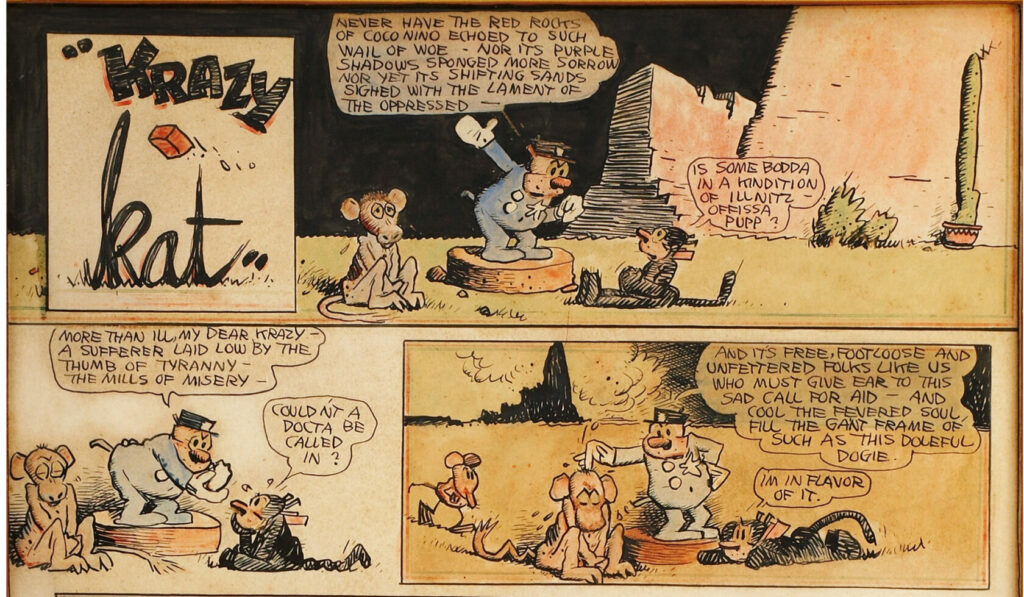“For me as a kid,” writes Darryl Pinckney in a memoir in the Review’s Summer issue, “the film had everything I couldn’t have: cigarettes and train stations, late nights and drinking. Sex.” The film in question is Paris Blues (1961), directed by Martin Ritt and starring Sidney Poitier and Paul Newman. In honor of Pinckney’s essay, the Review and Metrograph cohosted a screening of the film on the evening of Sunday, July 10—the first in an ongoing series of cohosted evenings. Before a sold-out theater, Pinckney greeted the enthusiastic audience with a talk that spanned the glory of Sidney Poitier, the changing role of race in postwar cinema, and dreams of integration and artistic integrity. Today, we are publishing his remarks in full.
The black character entered mainstream postwar cinema as a social problem. This is the milieu of Sidney Poitier’s debut, in Joseph L. Mankiewicz’s No Way Out in 1950. He is a doctor, and the black community beats off the white mob come for revenge on Poitier’s character after a bigot’s brother dies in his care. Two decades went by before a network television station was willing to air the film in prime time. In Richard Brooks’s Blackboard Jungle (1955), Poitier is thirty-one years old but completely convincing as a bright, ambivalent black student at a high school troubled by violent ethnic rivalries and nihilistic juvenile crime. In The Devil Finds Work (1976), James Baldwin recalls that Harlem audiences bayed at the Sidney Poitier character at the end of Stanley Kramer’s The Defiant Ones (1958). A black convict is suddenly free of the white convict he’s been chained to for more than an hour on-screen, but he falls off the train he hopped on to escape, because he extended his hand too far to the white convict, who had been giving him such an awful, racist time. Poitier found a film world opposed to the Hays Code, segregation, and McCarthyism by temperament as well as from principle. He fit right in. He worked with the best people right off. These films were made with studio commitment, if not entirely wanted by them. The black director Lloyd Richards made a Broadway hit of Lorraine Hansberry’s play A Raisin in the Sun in 1959, but he was passed over when it came to the making of the film, which featured the original cast, including Sidney Poitier. The film came out in 1961, a few months ahead of Paris Blues.
As the sixties went on, Poitier’s characters saved white women: a blind girl in A Patch of Blue (1965); a suicidal woman in The Slender Thread (1965); a rich girl who doesn’t need saving in Guess Who’s Coming to Dinner (1967); and the peace of mind of the widow of a murdered factory owner in In the Heat of the Night (1967). No wonder Poitier went in for comedies in the seventies, light detective fare, his version of the blaxploitation film that provided professional relief from social-problem dramas, not to mention a chance to project images of black characters formed by pressures not having to do with a white executive’s ability to accept them. But we identify Poitier with those daring social dramas. He embodied the moral superiority of—what to call it—blackness, black spirit, black people when in conflict with the dupes of their own white racism. His intelligence and good looks and poise and strength left race theorists on their own ground. Like Paul Robeson, Poitier didn’t have to be accounted for. He was box office magic.
Copyright
© The Paris Review






